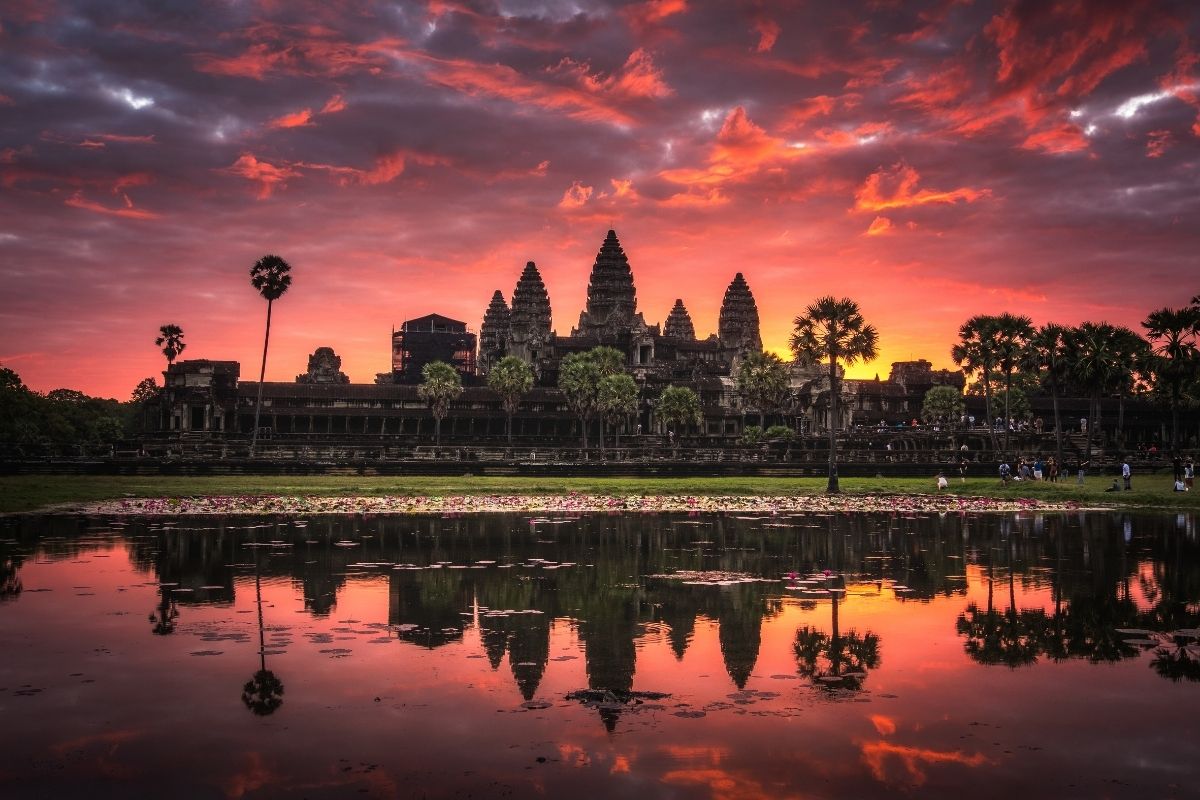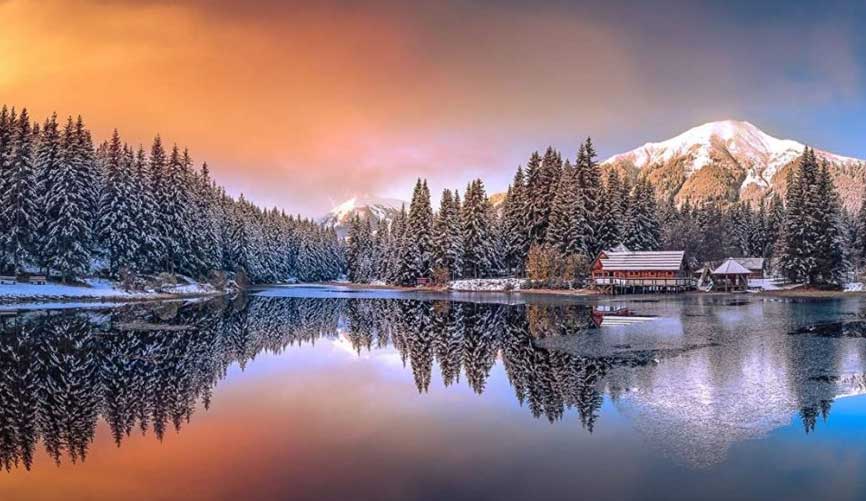These 22 Beautiful Monuments Of India Make Us Proud To Be Indians
What makes you feel patriotic? The diversity of the country, yes. The breathtaking natural wonders, yes. Its people, who really make this country tick. Check! But besides all of these things, don’t you also feel just a wee bit proud when you stand before a monument that towers above you and reminds you just what is possible when people come together and create something great out of nothingness? As India gets set to celebrate its 67th Republic Day, we take a look at 22 of our country’s most beautiful monuments that really make us proud to be Indians.
Surely, some of these have been built by the British, our former colonial rulers. But in the 60-odd years of being independent, we have justifiably claimed these spectacular structures as our own. So whether it is the India Gate, under which now burns the eternal flame as a mark of respect for the fallen soldier or the Gateway of India, that though was built to commemorate the arrival of a British monarch witnessed the last of the British soldiers to have marched out of the country, these monuments are as much part of our history and narrative as some of the older ones such as the Red Fort or the Qutub Minar, both architectural marvels for their time or even the Sanchi stupa or the monuments at Hampi that are a reminder of a glorious era of which, we, the people of India, should be proud. And so, we bring to you, 22 of India’s most beautiful monuments that make us proud to be Indians:
1. India Gate, Delhi
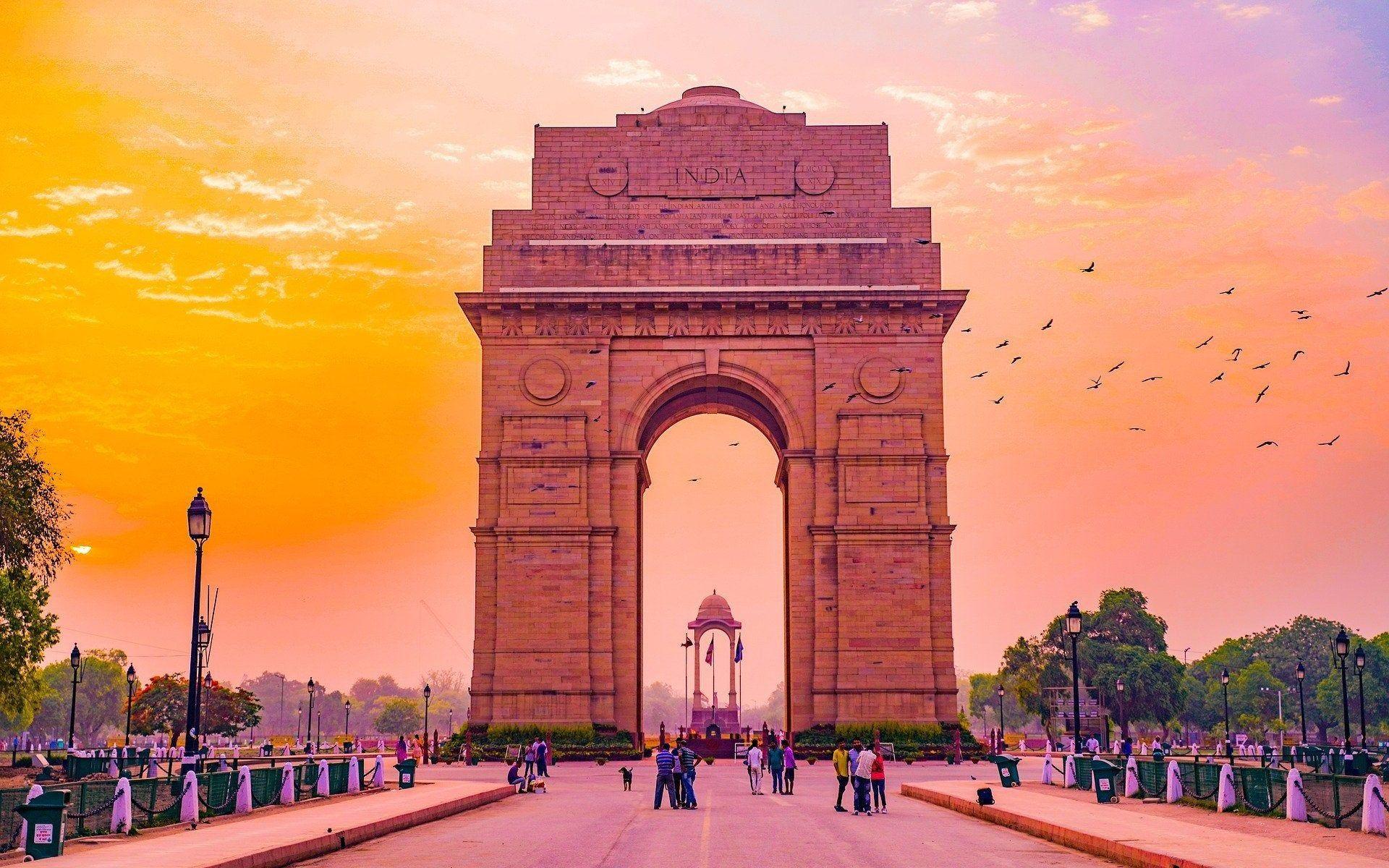
A war memorial and a famous landmark in Delhi, the India Gate is a famous monument and landmark in Delhi. Built to commemorate the sacrifice of 82,000 soldiers of the undivided Indian Army who lost their lives in World War I, the India Gate also capsules the small structure named Amar Jawan Jyoti which serves as India’s tomb of the unknown soldier. It is impossible not to feel patriotic while walking along the Rajpath, India’s most famous road that leads to it.
2. Red Fort, Delhi

One of the grandest structures built during the Mughal rule by emperor Shah Jahan, the Red fort now serves as the venue for India’s republic day celebrations. A tour of the fort complex (preferably with an audio guide) lets you in on the Mughal lifestyle and governance during that golden era.
3. Qutub Minar, Delhi
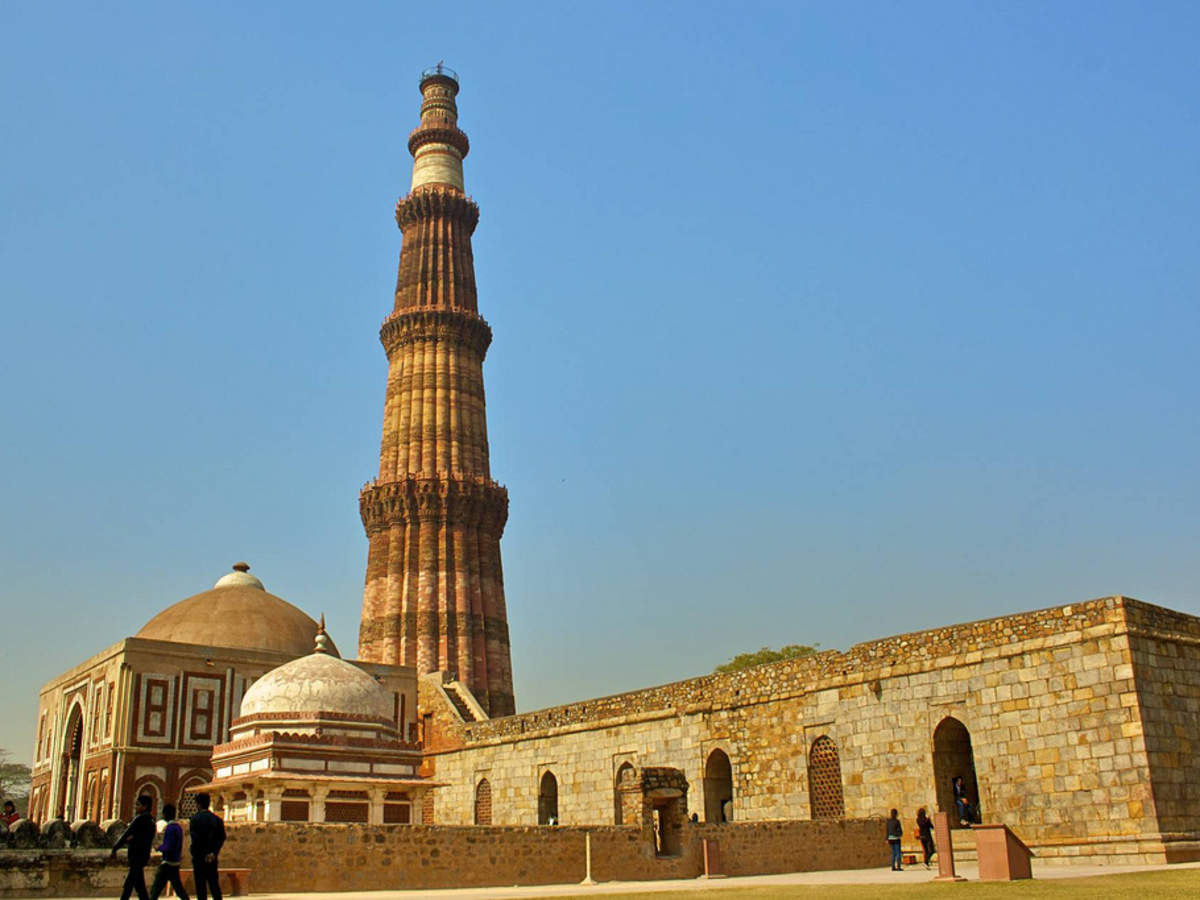
The tallest brick minaret in the world needs no introduction. Dating back to 1199 AD, the Qutub Minar was once used by the muezzins for prayer calls. Today, it reminds us of the bygone era and how small we really are!
4. Buland Darwaza, Fatehpur Sikri
The historic Buland Darwaza was built by emperor Akbar in his erstwhile capital of Fatehpur Sikri in 1641 AD. A trip to Fatehpur Sikri is a window to the Mughal era and the life of Akbar, the great.
5. Sanchi stupa, Sanchi

One of the oldest monuments in India, the stupas in Sanchi take you back to the Mauryan empire dating back to 300 BC. They are fine specimens of Buddhist architecture and have been preserved well over so man centuries.
6. Gomateshwara statue, Sravanbelgola
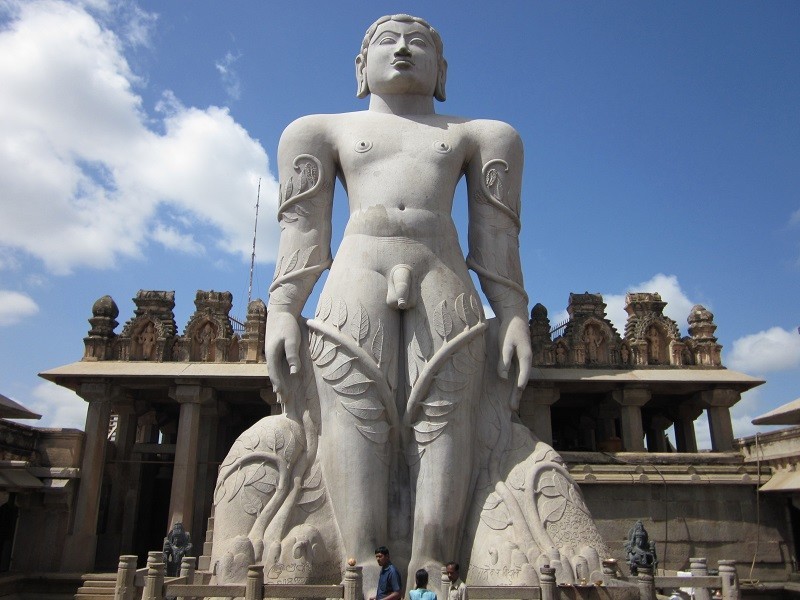
Built in 983 AD, the statue of Gomateshwara is dedicated to Bahubali, son of Rishabhanatha, the first Tirthankara of Jainism. It is one of the most popular and oldest monuments in Karnataka.
7. Charminar, Hyderabad
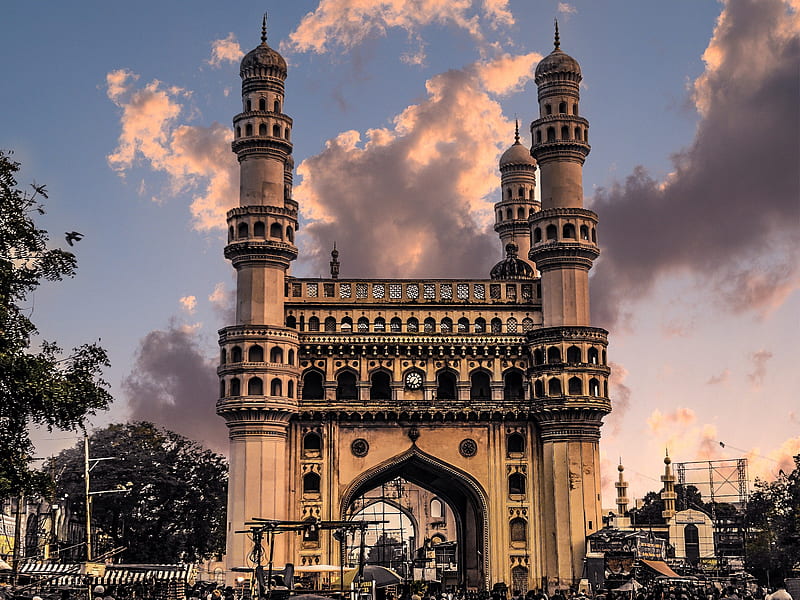
The four great minarets of Charminar are the most famous sight in Hyderabad. It was built in 1591 by Mohammed Quli Qutab Shah to mark the end of an epidemic in the city. Today, it stands as an epitome of Qutub Shahi architecture and is referred to as “The Arc de Triomphe of the East”
8. Gateway of India, Mumbai
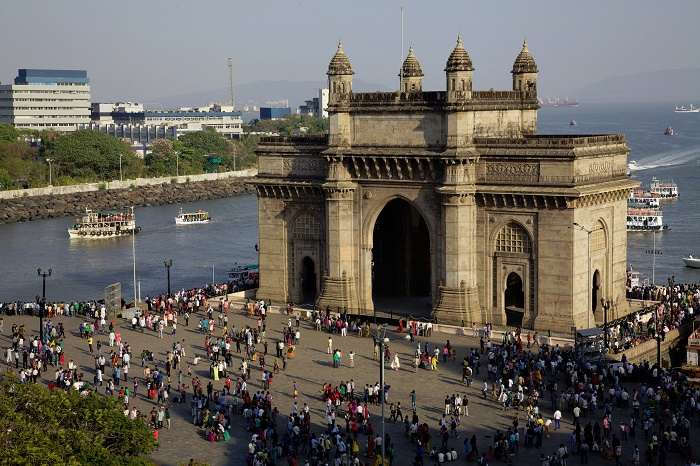
While it may have been commissioned to commemorate the visit of King George V and Queen Mary to (what was then called) Bombay, the royal couple had to make do with a view of a cardboard model. The king and the queen never used the Gateway of India but it was from here that the last of the British troops finally left the Indian shores.
9. Gol Gumbaz, Bijapur

Completed in 1656, the Gol Gumbaz is Mohammed Adil Shah’s mausoleum. It is considered a fine specimen of Deccan architecture. The four minarets serve as staircases lead to the dome, the second largest in the world.
10. Taj Mahal, Agra
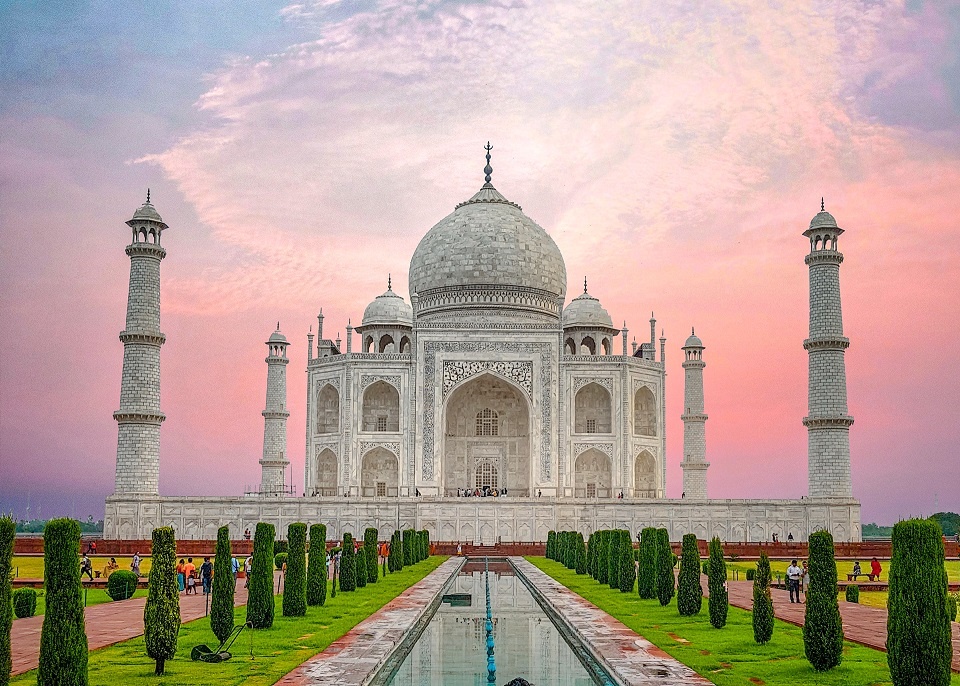
Inarguably the greatest monument in India and certainly the most visited, the Taj Mahal stands as an epitome of love, the extravagant Mughal architectural and an era where India was referred to as the golden bird.
11. Victoria Memorial, Kolkata
One of the UNESCO world heritage sites in India, the Victoria Memorial Hall is another great example of British architecture. Built between 1906 and 1921, this magnificent building serves as a museum with manuscripts, paintings and sculptures from the British era.
12. Chhatrapati Shivaji Terminus, Mumbai
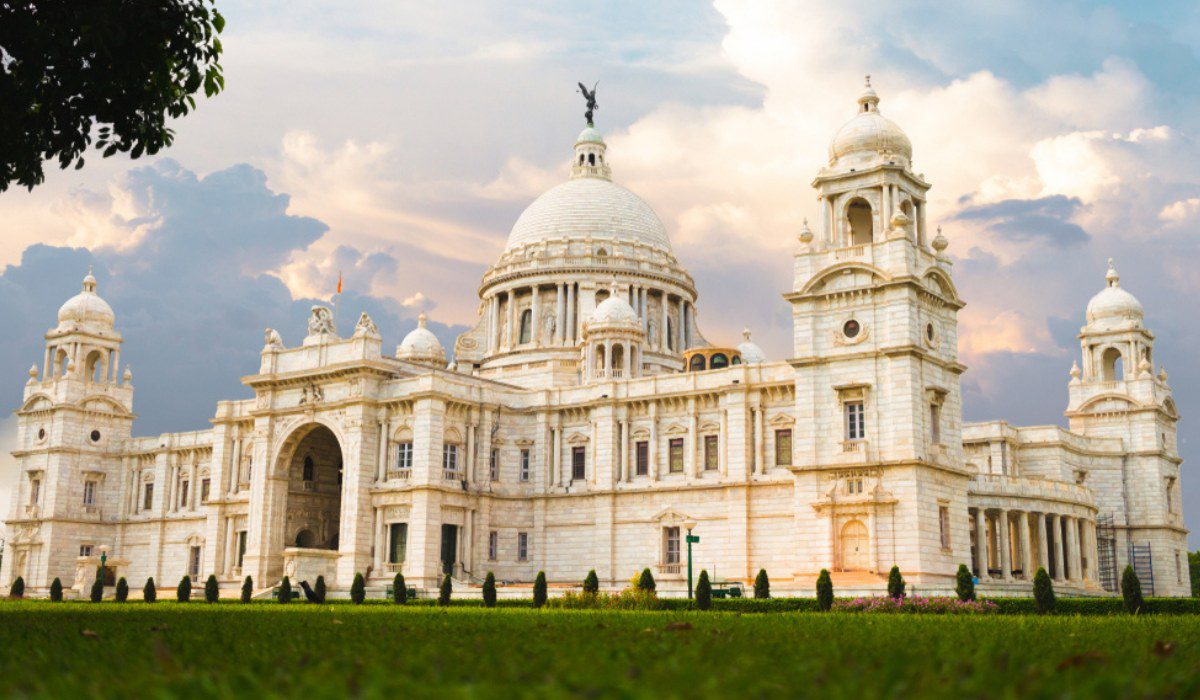
Formerly known as Victoria Terminus, the Chhatrapati Shivaji Terminus is a historic railway station and the perfect example of British architecture in India. It continues to be one of the city’s most famous landmarks and also one of its busiest centers.
13. Hawa Mahal, Jaipur
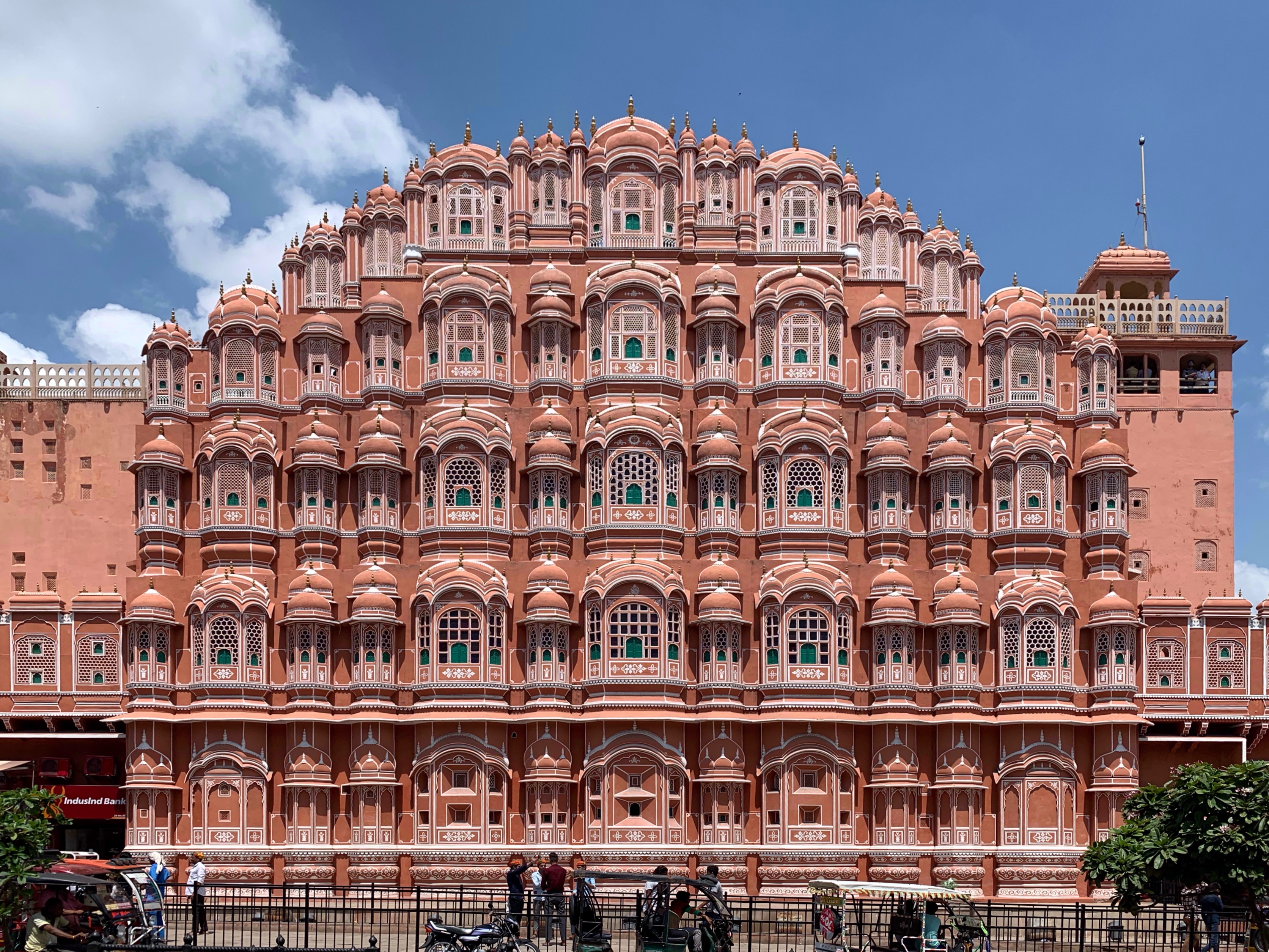
And then there is the Hawa Mahal, a beautiful piece of Rajputana architecture dating back to the time when royal women were given special palaces for recreation. Built by Maharaja Sawai Pratap Singh in the year 1799, the wind palace has five storeys and 953 small windows.
14. Cellular jail, Andaman and Nicobar
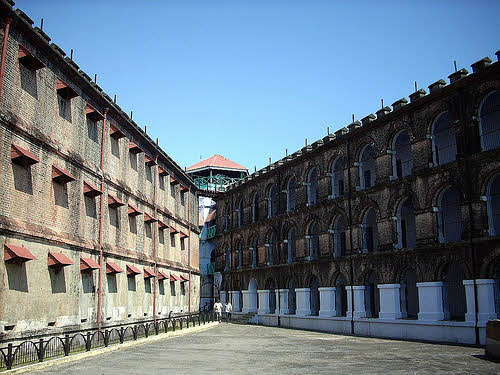
Now a national memorial monument, the Cellular jail was a colonial prison used by the British to exile political prisoners. Having imprisoned freedom fighters like Veer Savarkar and Batukeshwar Dutt, the monument is testimony to the Indian freedom struggle.
15. Mysore Palace, Mysore
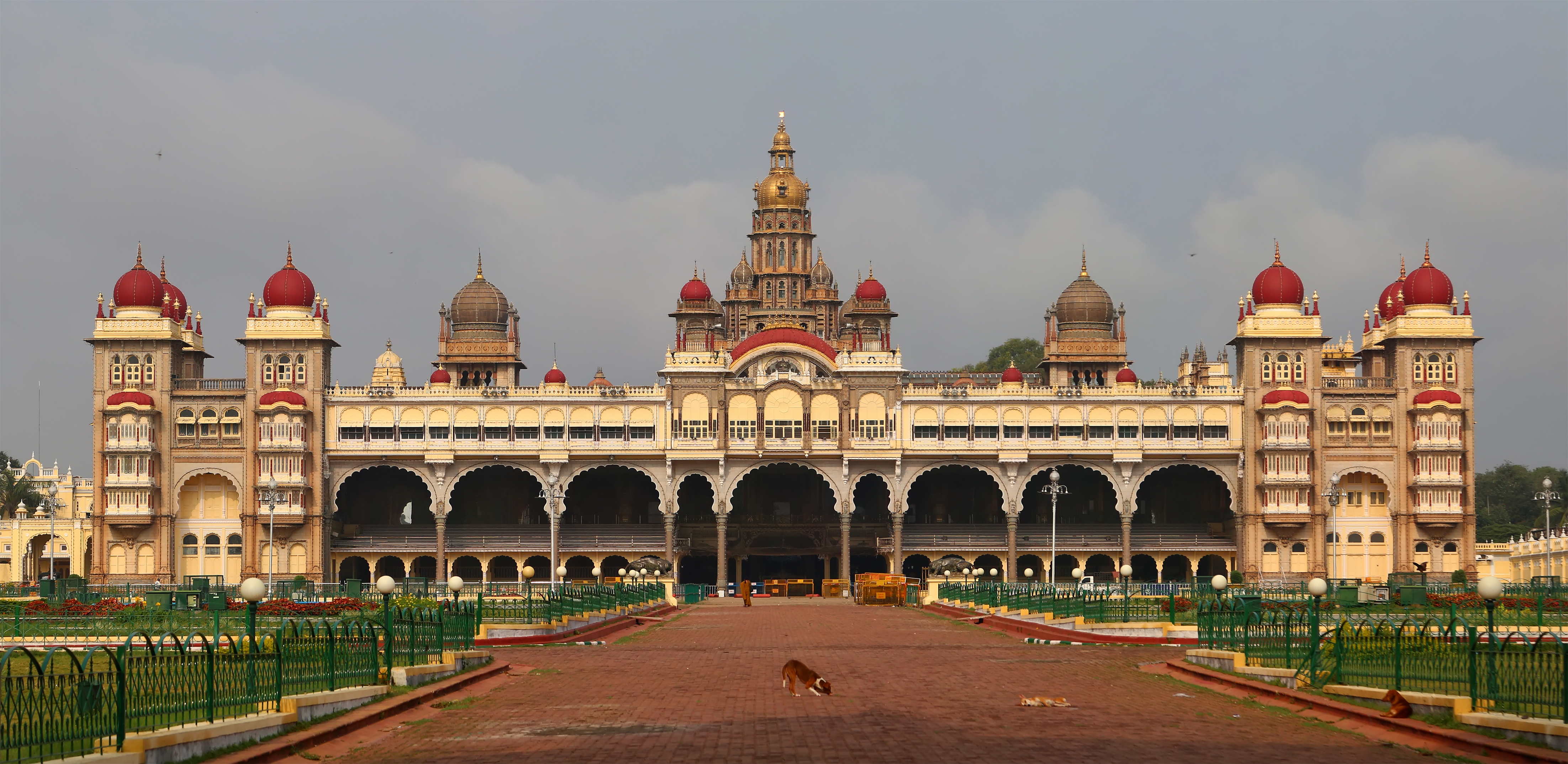
The official seat of the Maharajas of Mysore, the Mysore palace is perhaps the most historic palace in Karnataka. Known for its Indo-Saracenic architecture, the Mysore palace was built between 1897 and 1912.
16. Vidhan Soudha, Bangalore
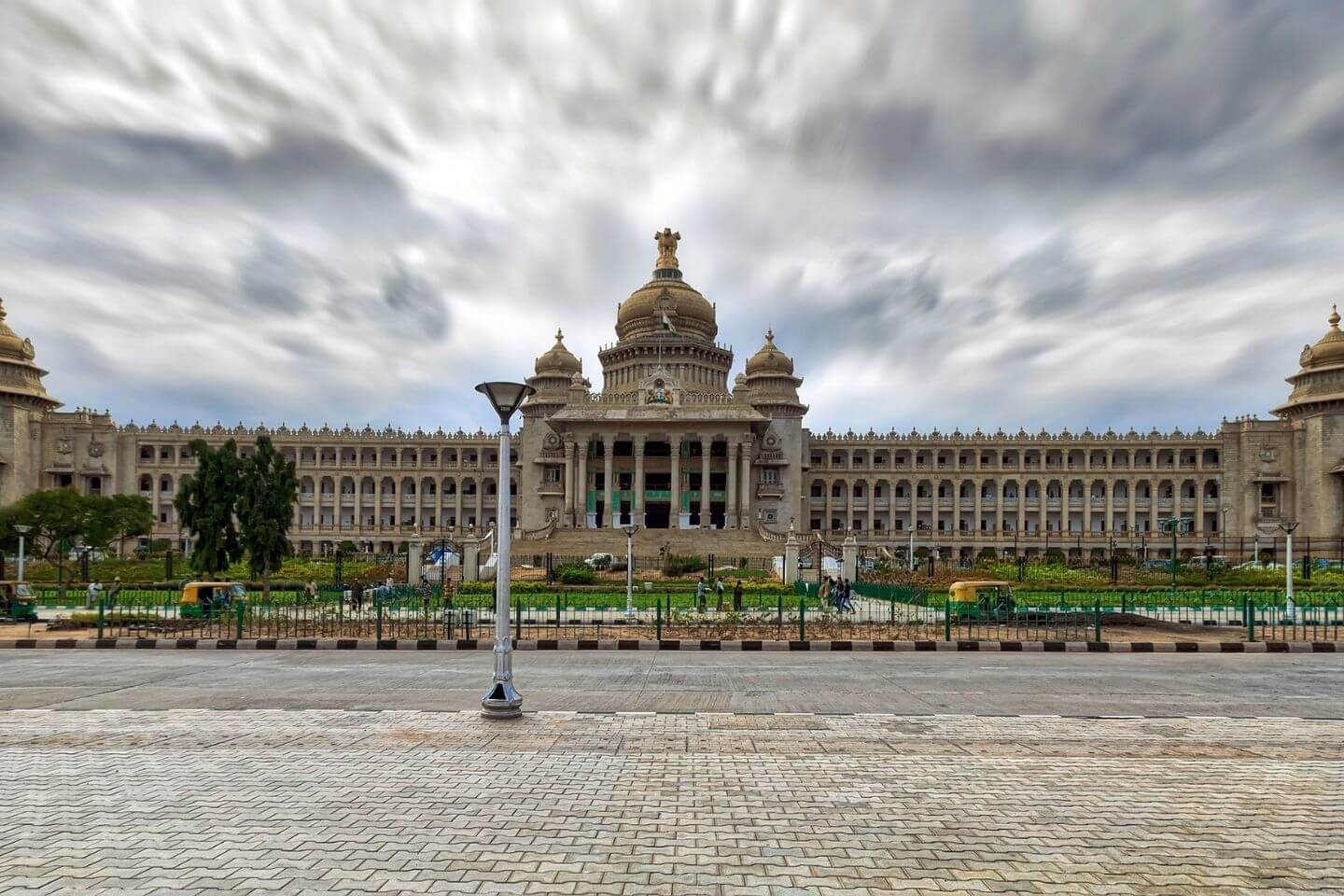
Though built in the recent 20th century, the Vidhan Soudha is a fine example of Dravidian architecture with 300 rooms accommodating around 22 departments of the state government.
17. Hampi, Karnataka
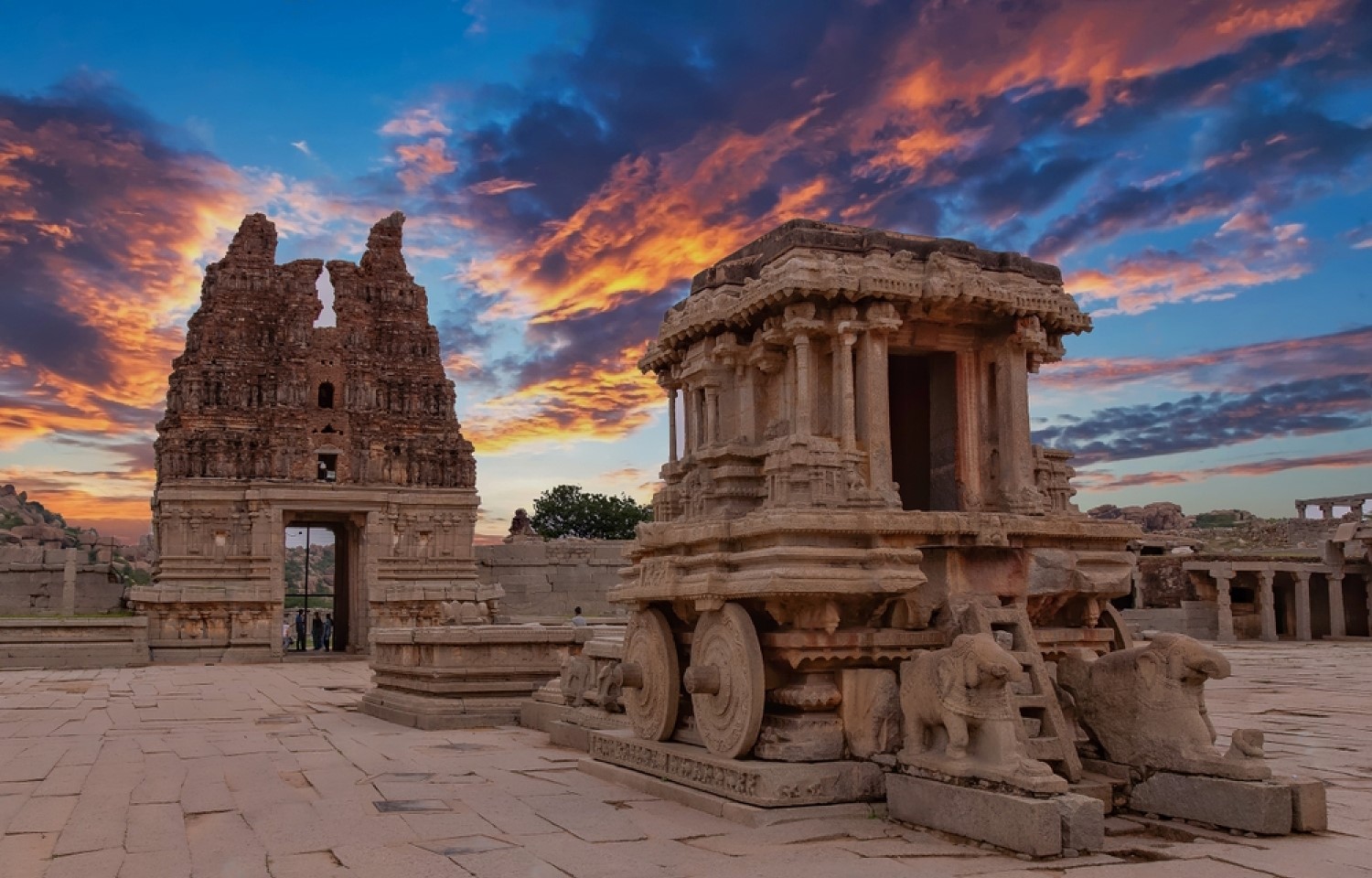
The historic ruins of Hampi are a UNESCO World Heritage site. Dating back several centuries, the village was a rich empire around 1500 AD. The marvelous temples still remind you of its splendor when it was in its prime.
18. Nalanda, Bihar

A historic center of learning from the fifth century, Nalanda University is known as the oldest residential university in the world. The monuments here remind you of the Gupta empire.
19. Leh Palace
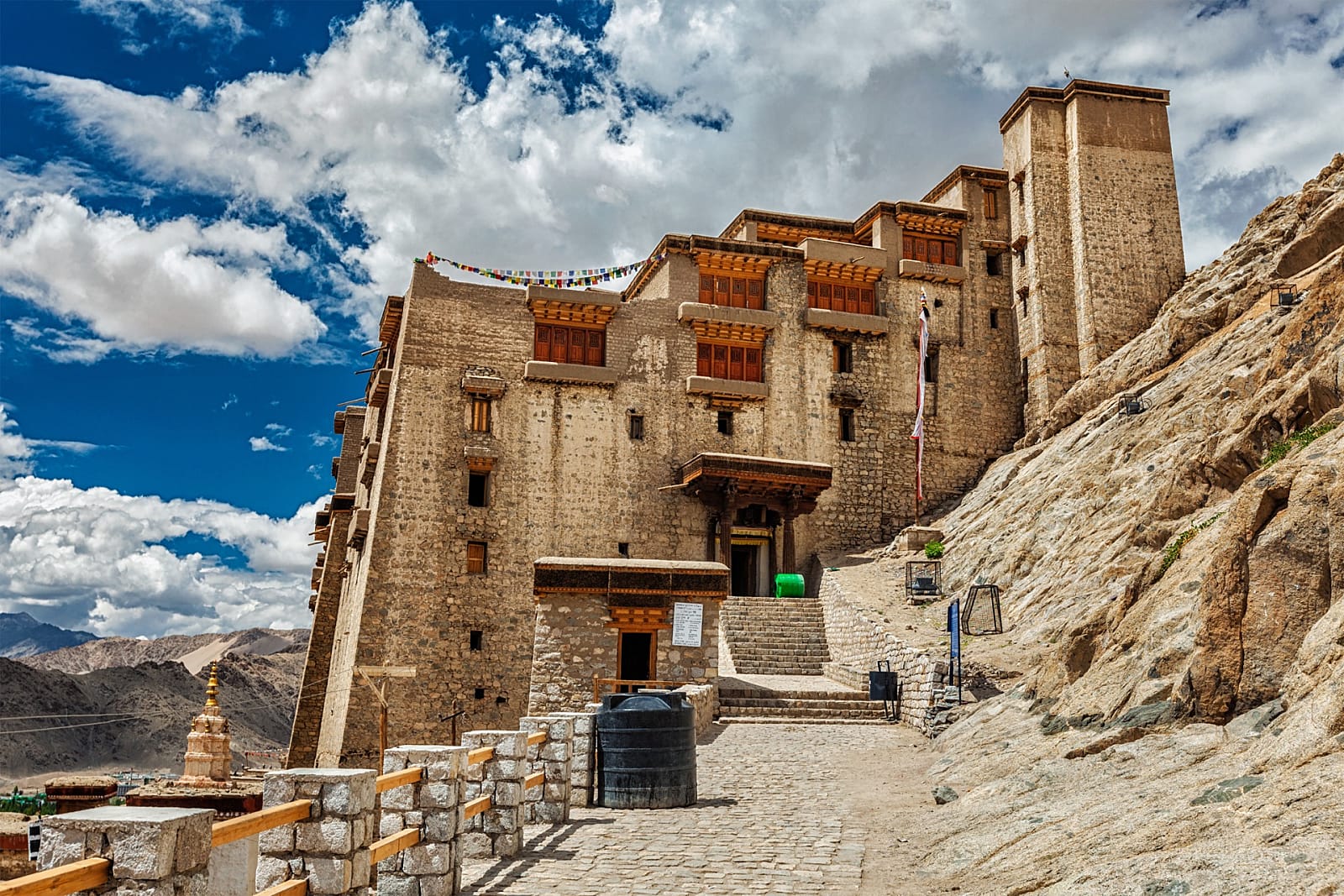
Dating back to the 17th century, the Leh palace was built by King Sengge Namgyal and is a specimen of architecture during the Namgyal dynasty. It is one of the most popular attractions in the Ladakh region.
20. Humayun’s tomb
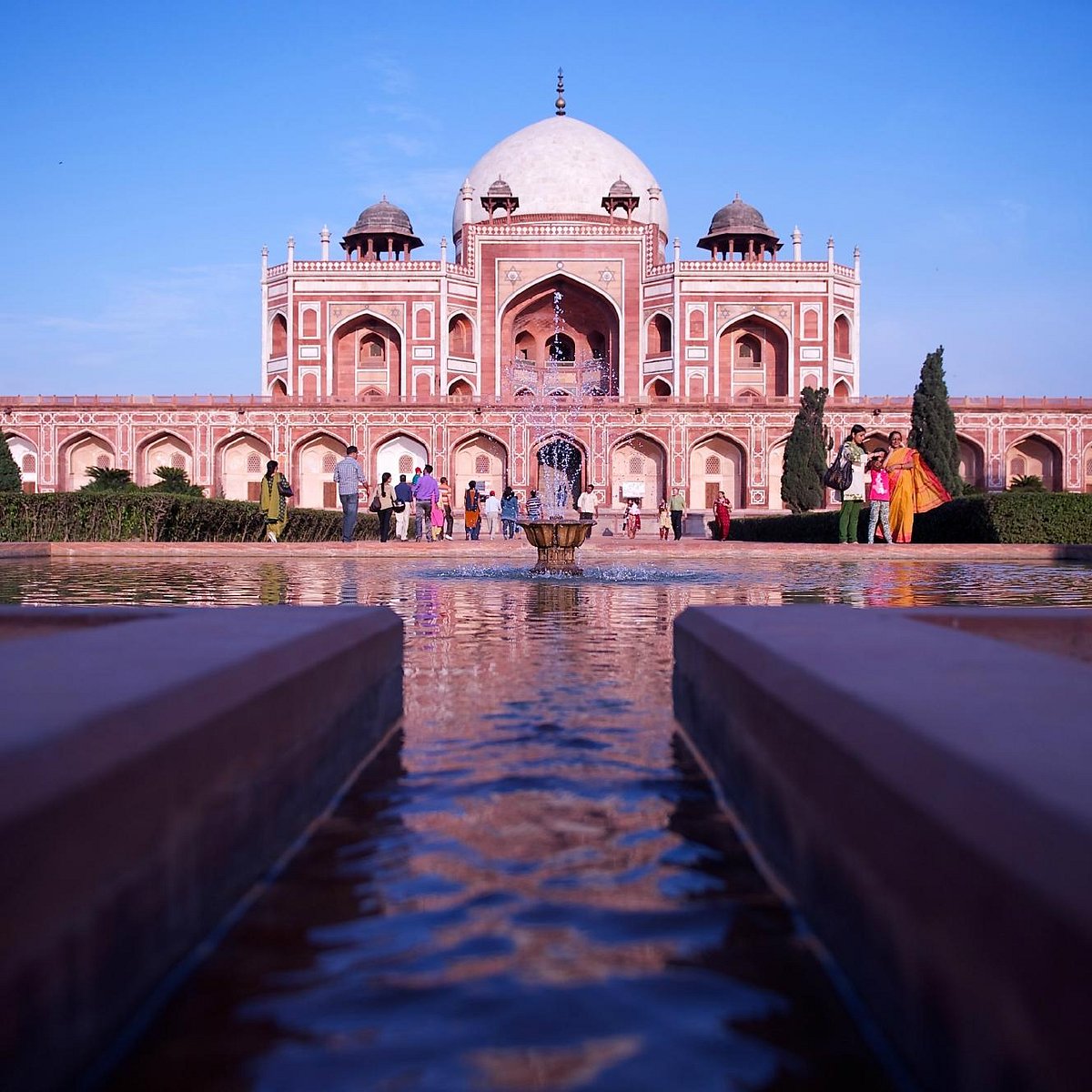
Another fine specimen of Mughal architecture is the Humayun’s tomb built in the 16th century. It was the first garden-tomb in India and set a precedent of the magnificent Mughal architecture that followed, including the Taj Mahal.
21. Khajuraho temples

Known mostly for the erotic wall carvings, the Khajuraho temples are a gentle reminder of how liberal and open-minded a culture we have been!
22. Ratha temples, Mahabalipuram
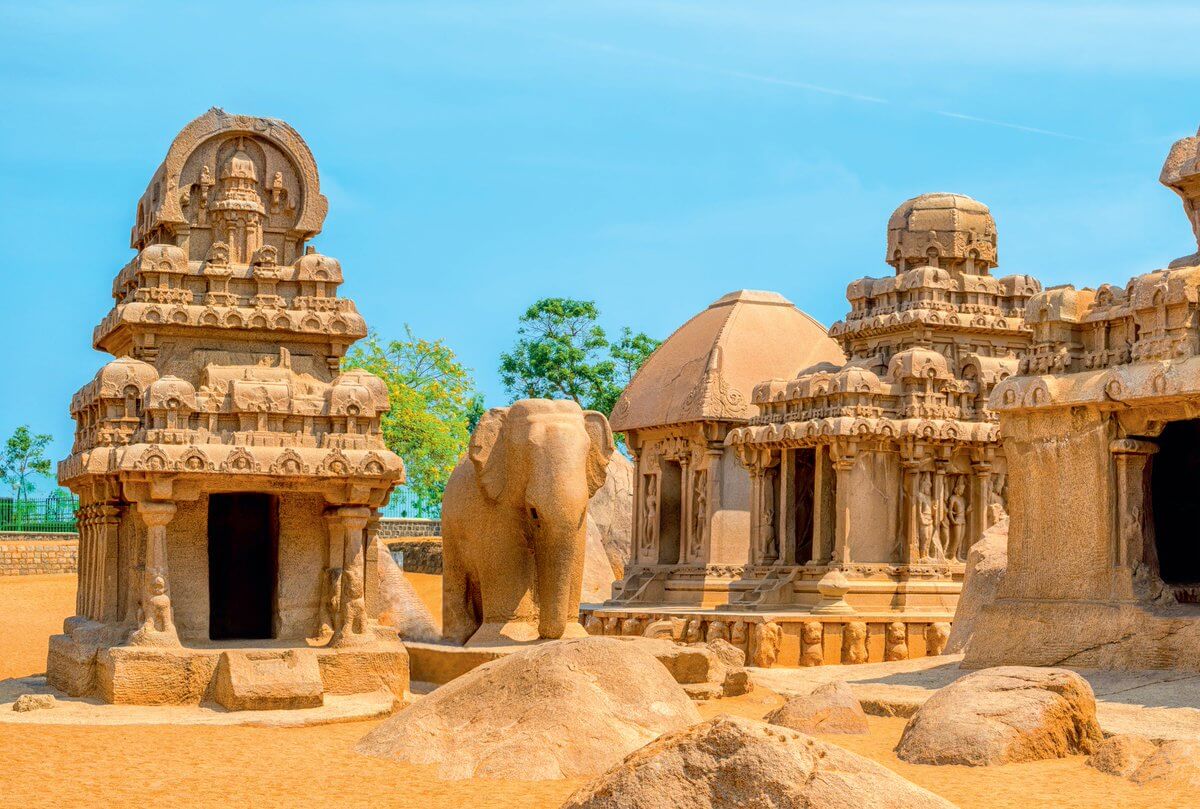
Built during the Pallava dynasty by King Narsimha, the Ratha cave temples date back to the 7th century and are fine specimens of the Pallava style of architecture.
